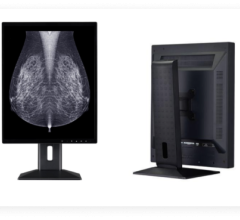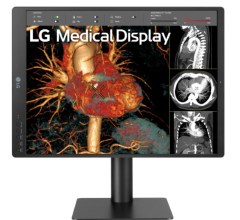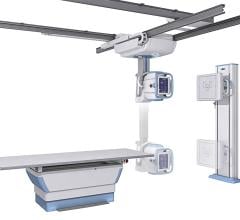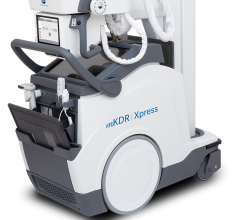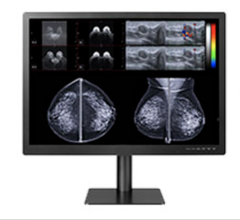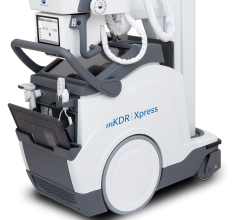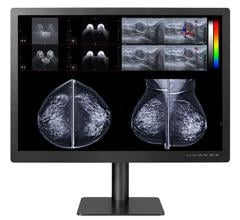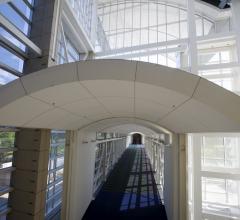
March 15, 2011 – A new graphics solution has been launched for use in professional medical imaging environments to help improve the accuracy and timeliness of patient diagnosis. The NVIDIA Quadro 2000D provides key diagnostic display capabilities and application performance that hospitals and clinics need to effectively interpret and manage high-resolution patient imagery.
The system is built on the company’s Fermi architecture. It features two dual-link digital video interface (DVI) connectors and delivers a high level of grayscale accuracy and definition of images at high resolution – up to 10 MP – required for confident diagnosis. It supports 10- and 12-bit grayscale for revealing subtle tonal abnormalities in diagnostic images, along with industry-standard DICOM monitor calibration to maintain grayscale consistency across monitors.
An additional key feature is Mosaic Display Technology, which offers users the ability to easily span any application across multiple, high-resolution panels or projectors without sacrificing performance. Up to eight displays can be driven from a single workstation with multiple solutions installed. SLI Multi-OS technology also works in conjunction with the Quadro 2000D for driving simultaneous Windows and/or Linux environments from the same workstation.
Using the company’s 3D Vision and 3D Vision Pro stereoscopic 3-D solutions, it enables immersive 3-D perspectives significantly richer than traditional two-dimensional views.
“NVIDIA technology combined with our 3-D ultrasound system gives diagnostic imaging professionals the ability to create the most stunning 3-D images of the fetus,” said Barbara Del Prince, global segment manager, obstetrics and gynecology, Siemens Healthcare. “3D Vision enables us to provide a more immersive, realistic visual experience, and the NVIDIA Quadro 2000D delivers the graphics performance and connectivity we need.”
For more information: www.nvidia.com

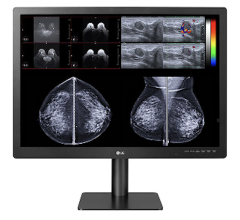
 March 12, 2024
March 12, 2024 
